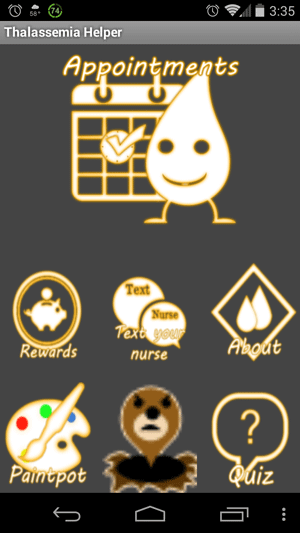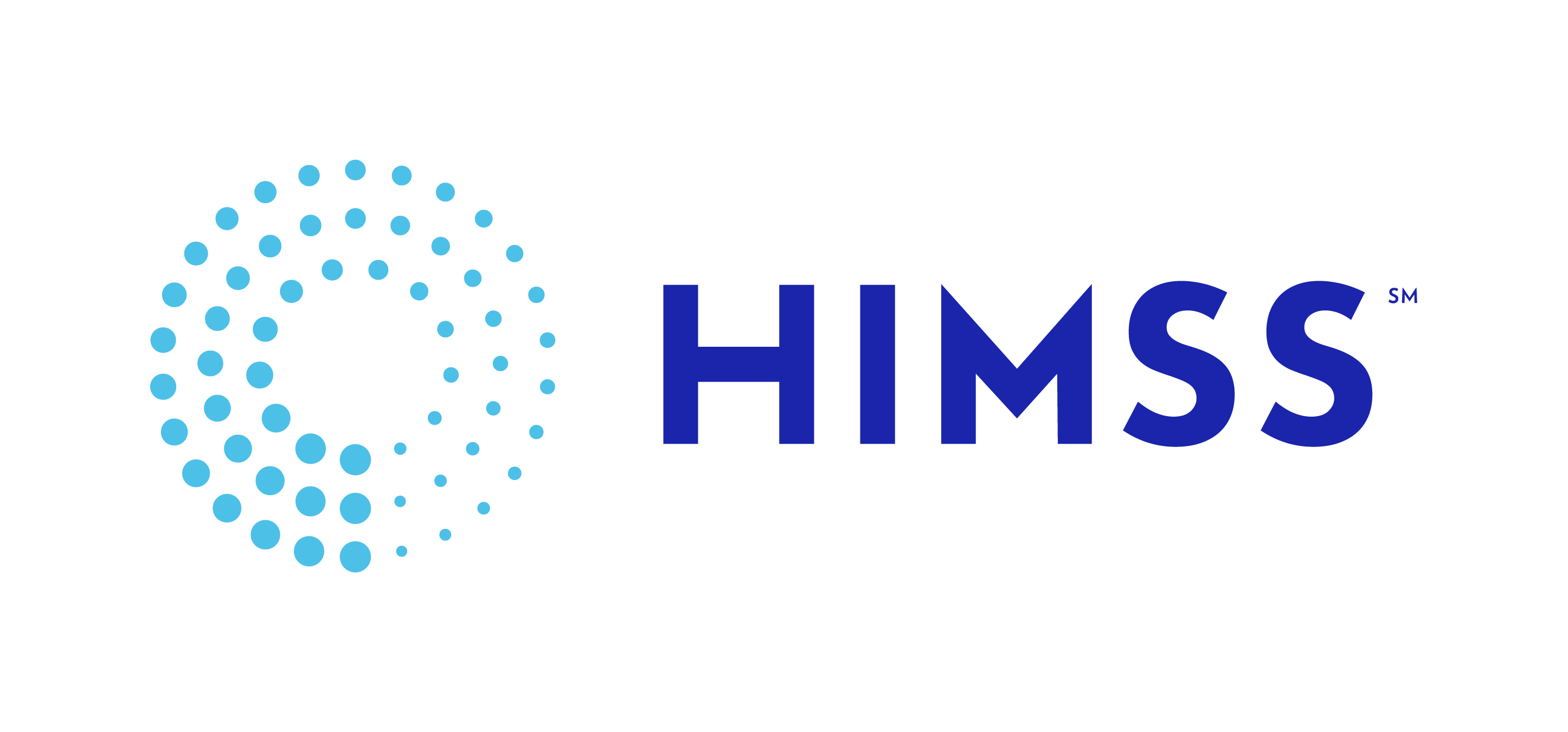Spring 2014mHealth Apps for Children with Chronic Illness
by
Dr. Pamela Kohlbry, PhD, RN, CNL
Dr. Youwen Ouyang, PhD
Kate Nelson, BSN, Nursing Student
John Cordova, BSN, Nursing Student
Jennifer Peterson, BSN, Nursing Student
California State University, San Marcos
School of Nursing and Computer Science Department
This article conveys opinions of the author, and does not reflect perspectives of the author’s employer or other affiliates.
The term mHealth refers to the virtual world of “mobile computing, medical sensor, and communications technologies” that expands healthcare for chronic disease beyond the healthcare provider’s office (Eng and Lee, 2013). Healthcare education as it has existed wasn’t designed to teach today’s technology savvy young patients. In comparison to 10 years ago there has been an exponential increase in the number of children using cell phones. Roughly 78% of teenager’s ages 12-17 now have cellphones, and half of those are smartphones (Madden, et al, 2013). Children, as young as 2 years old navigate their own potty training with “The Pull Ups Big Kid App” by Huggies. It is imperative that healthcare embrace mobile technologies to remain “plugged” into patients’ needs. Findings from the Institute for Healthcare Informatics, 2013 report on 40,000 healthcare apps did not identify any for children with chronic illnesses. Healthcare mobile applications or mobile apps designed for children with chronic illnesses have the potential to address a growing demographic of young healthcare recipients.
Chronic conditions require patients to manage their care over a long period of time. Research exists that patient self-management skills are crucial to their understanding and involvement with their health (Clark and Paraska, 2013). mHealth apps could encourage a child’s understanding of their own health, perceived self-efficacy, and improve long-term management of their chronic condition.
A brief Google search was conducted to determine what apps are currently available for children with chronic conditions (Table 1). Mobile apps for common illnesses such as diabetes were found. Websites that provide reviews of mobile apps for children with chronic illness were identified (Table 2). There was a lack of research on the use of health apps for children and for uncommon chronic illnesses, such as Thalassemia, no apps were found.
At California State University San Marcos (CSUSM), undergraduate nursing students in a health promotion class embarked on a project to create a mobile app for children with the blood disorder, Thalassemia. The students discussed the needs of children, parents, and practitioners with Susan Carson, RN, MSN, CPNP, Lead Nurse Practitioner of the Thalassemia Program in the Hematology Program, at Children’s Hospital Los Angeles. She described one of the most important considerations for children with Thalassemia is the difficulty in the transition period from childhood to adulthood. Motivating, engaging, and educating children is the first step to overcoming potential challenges they may face. It is important to foster treatment adherence and establish support beyond parent’s oversight, long before the transition period occurs. The students discussed how a mobile app would be useful to meet the needs for children aged 8-16 years of age with Thalassemia.
To bring the app ideas into reality, the nursing students collaborated with Dr. Youwen Ouyang, a faculty in the CSUSM Computer Science Department, along with several of her students. Through story boarding, the team has identified its initial focus of the app to include a calendar function to help patients keeping track of their appointments and a messaging feature to allow patients to send a text to their provider (Figure 1: Initial Screen Shot of Thalassemia Project App). In order to provide more incentive for children to engage in their own care, the app uses a coin system for the providers to award points for patients who keep their appointments. Successful collection of coins unlocks fun games for children such as Paint Bot and Mole Smasher. More work remains on the design to create the visual appeal that will draw and keep a child’s attention.
The use of mobile apps in healthcare for children remains a new and exciting field rich with creative possibilities. Using mHealth apps will foster the goal of providers to facilitate positive healthcare outcomes. By effectively engaging children, healthcare mobile apps hold the potential to enhance lifelong patient self-management, reduce healthcare costs, and improve patients’ quality of life.
Table 1: mHealth Apps Currently Available for Children with Chronic Health Conditions (click for PDF)
Table 2: Links for Website Reviews of mHealth Apps
| Website | Link |
| 3 Diabetes Games that will Educate Kids About Diabetes |
http://timesulin.com/theblog/3-diabetes-games-will-educate-kids-diabetes/ |
| Mobile Asthma Apps |
http://www.medscape.com/viewarticle/806941_5 |
| Top-Rated Diabetes Apps | http://diabetes.ufl.edu/my-diabetes/diabetes-resources/diabetes-apps/ |
Figure 1: Initial Screen Shot of Thalassemia Project App

References
- Clark, C. C., & Paraska, K. (2013). Health promotion for nurses: A practical guide. Burlington, Mass: Jones & Bartlett Learning.
- Educative Development Center, & SRI International (2012). EDC/SRI year 2 ready to learn research and evaluation summary report (Report to the CBP PBS ready to learn initiative). Retrieved from http://www-tc.pbskids.org/lab/media/pdfs/research/Y2-EDC-SRI-Year_2_Summary_Report.pdf
- Eng, D., & Lee, J. (2013). The promise and peril of mobile health applications for
- diabetes and endocrinology. Pediatric Diabetes, 14(4), 231-238. doi: 10.1111/pedi.12034
- Fox, S., & Duggan, M. (2012). Mobile health 2012: Half of smartphone owners use their devices to get health information and one-fifth of smartphone owners have health apps (Pew Research Publication). Washington, DC: Pew Research Center's Internet & American Life Project. Retrieved on March 2, 2014 from http://pewinternet.org/Reports/2012/Mobile-Health.aspx
- IMS Institute for Healthcare Informatics. (2013). Patient apps for improved healthcare: from novelty to mainstream (IMS report). Parsipanny, NJ: Atkins, M., & Gauntlett, C. Retrieved March 1, 2014 from
http://www.imshealth.com/deployedfiles/imshealth/Global/Content/Corporate/IMS%20Health%20Institute/Reports/Patient_Apps/IIHI_Patient_Apps_Report.pdf - Madden, M., Lenhart, A., Duggan, M., Cortesi, S., & Gasser, U. (2013, March 13). Teens and technology 2013. (Pew Internet Project Publication) Washington, DC. Retrieved March 5, 2014, from http://www.pewinternet.org/Reports/2012/Teens-and-Tech.aspx
- Rainie, L., & Fox, S. (2012, May 7). Just-in-time information
- through mobile connections. (Pew Internet Project Publication) Washington, DC. Retrieved March 1, 2014, from http://pewinternet.org/Reports/2012/Just-in-time.aspx
- Reid, S. C., Kauer, S. D., C., D., Khor, A. S., Sanci, L. A., & Patton, G. C. (2013).
- A mobile phone application for the assessment and management of youth mental health problems in primary care: health service outcomes from a randomized controlled trial of mobile type. BMC Family Practice, 14(84), 1-9. doi:10.1186/1471-2296-14-84
